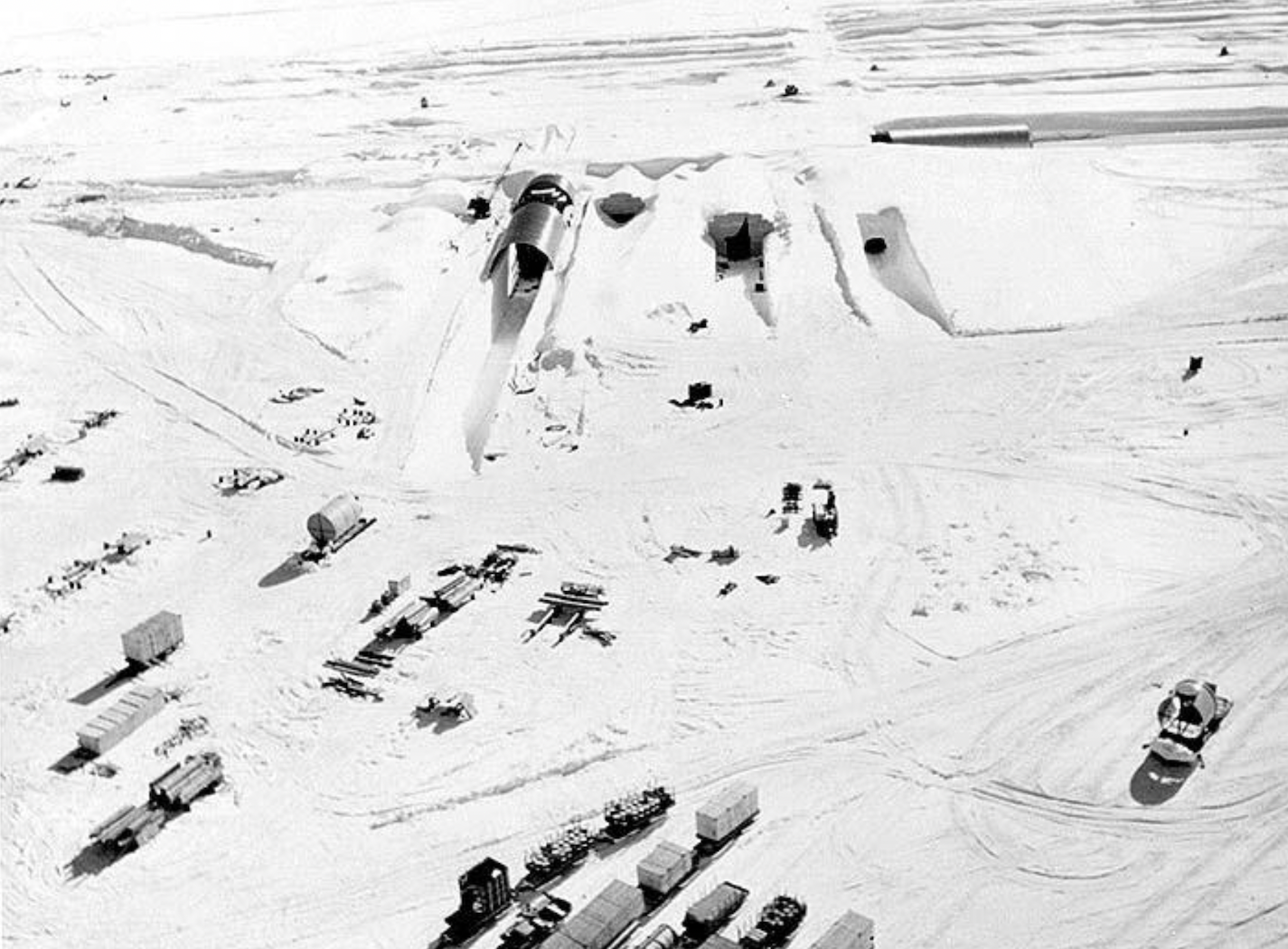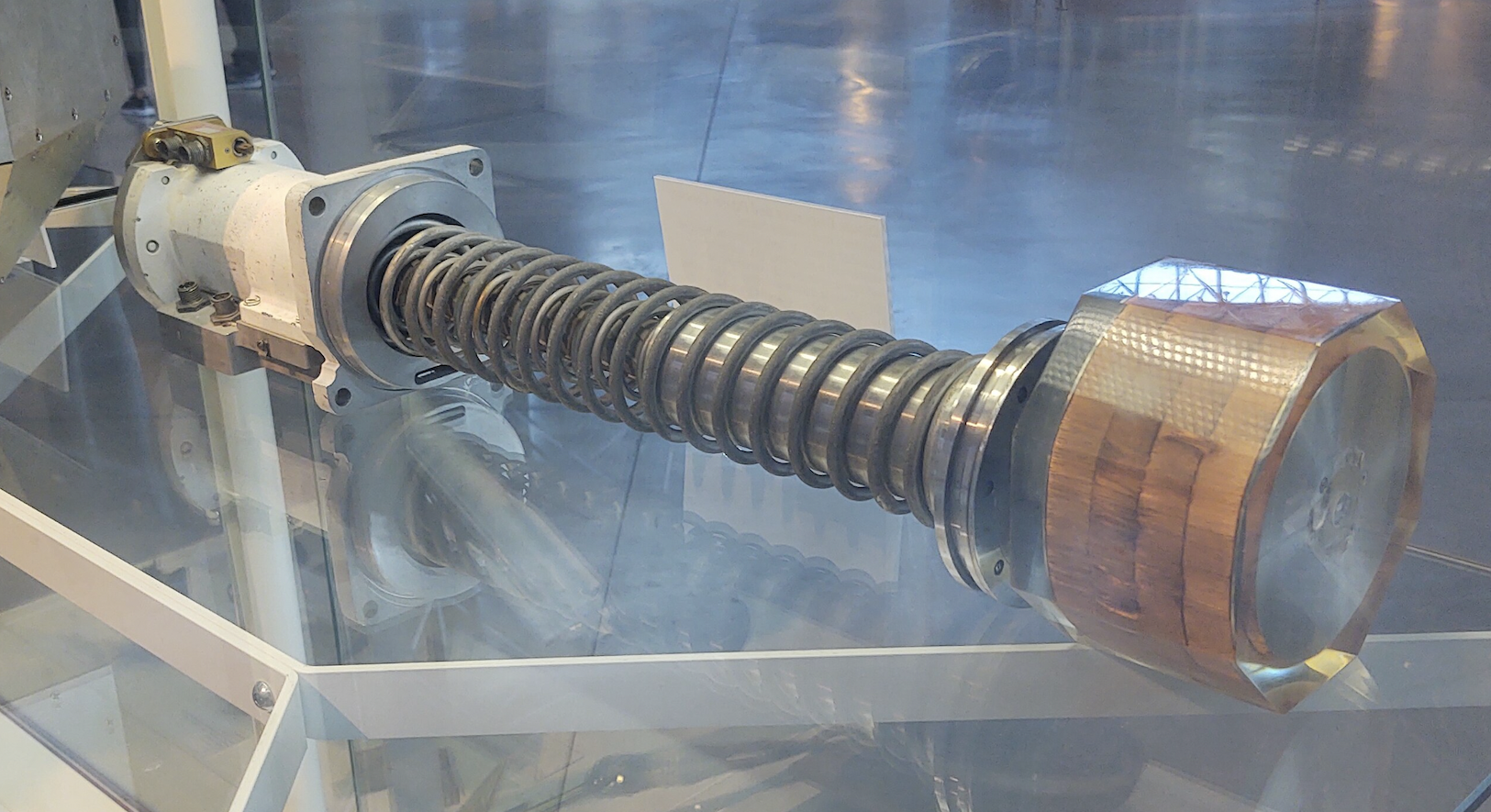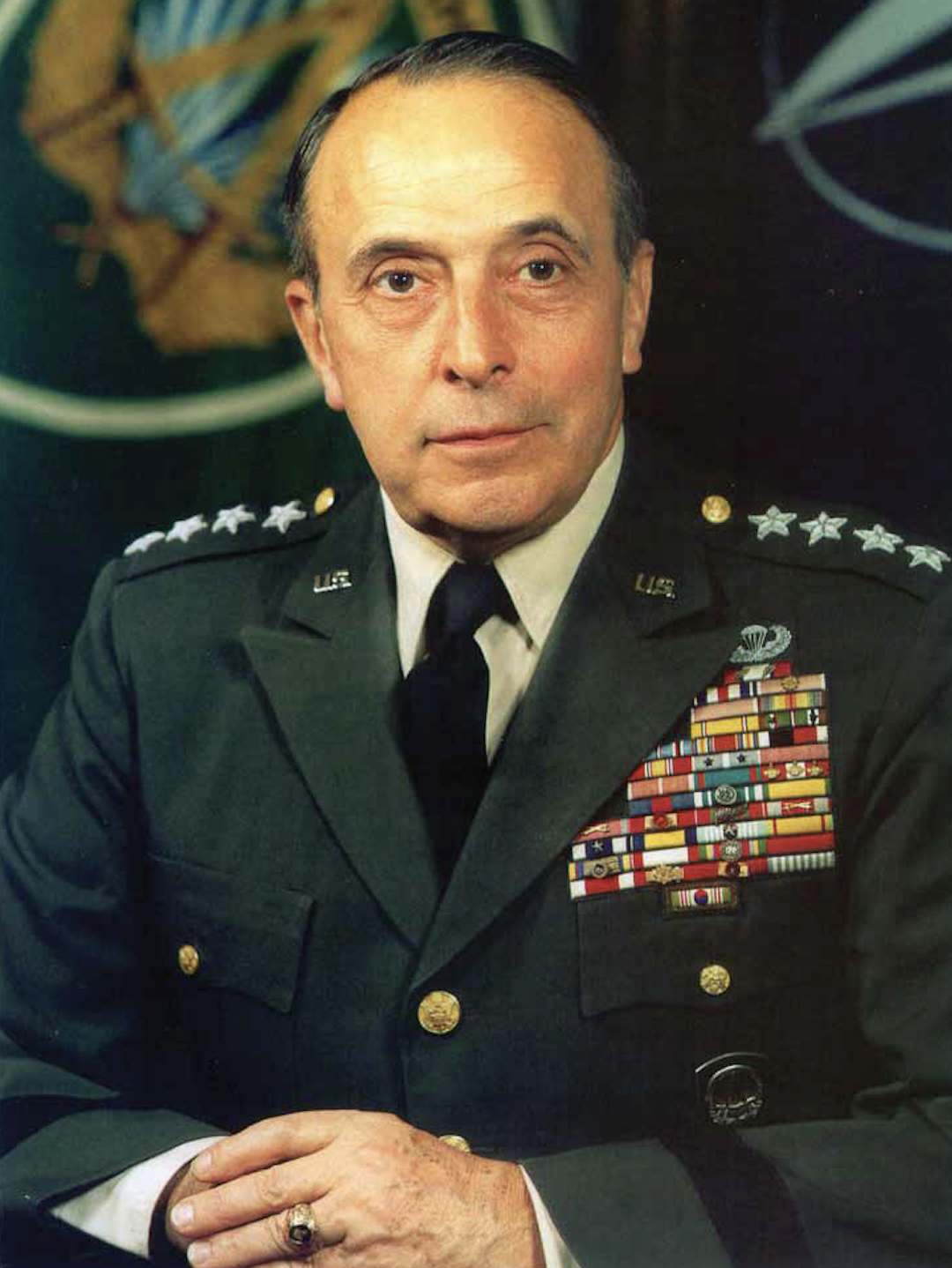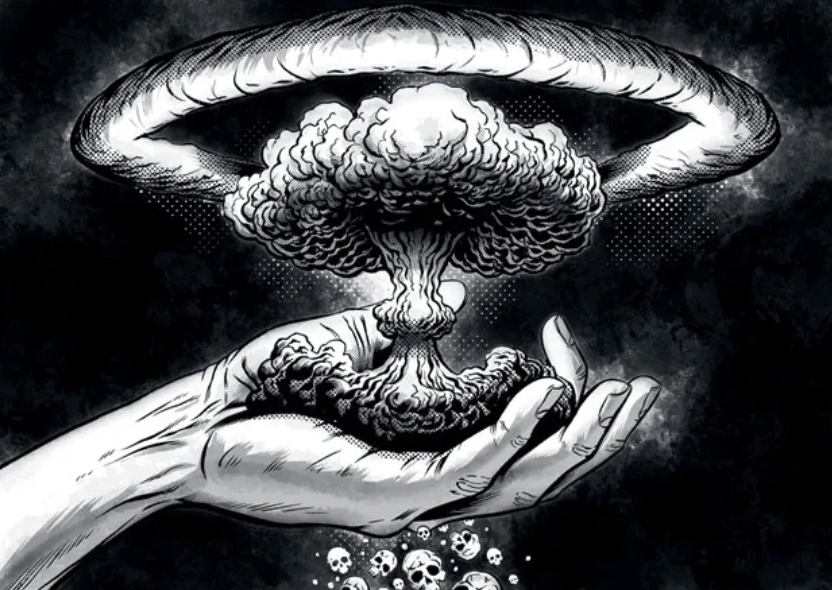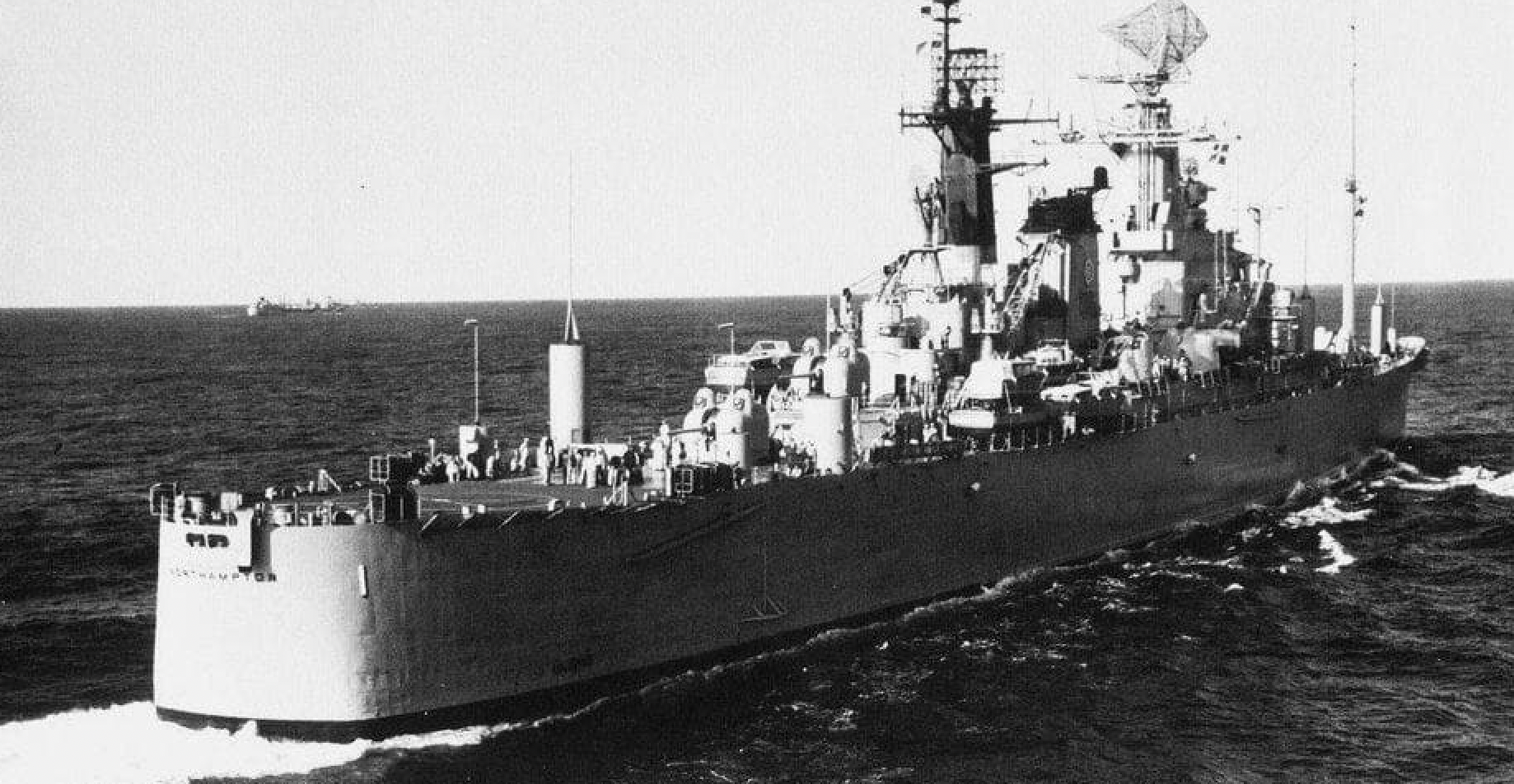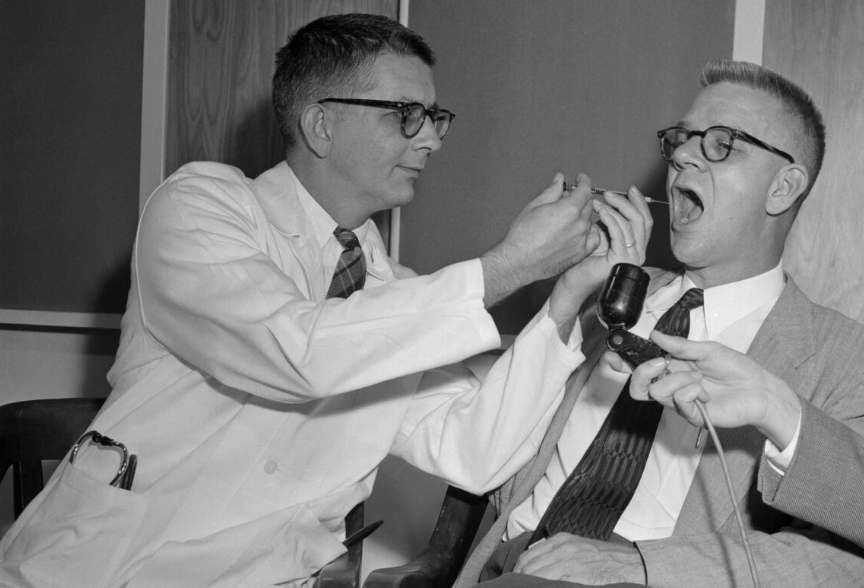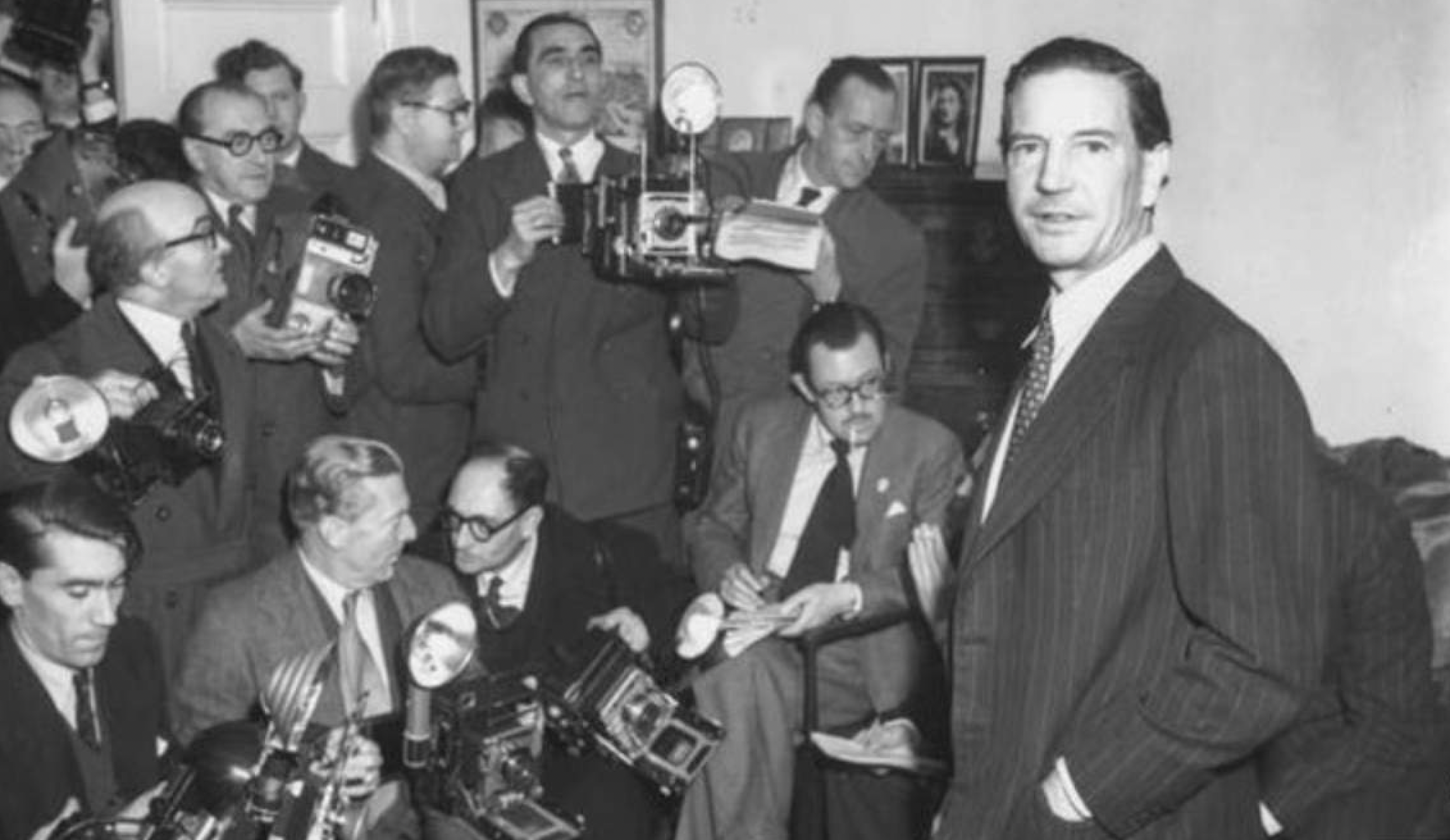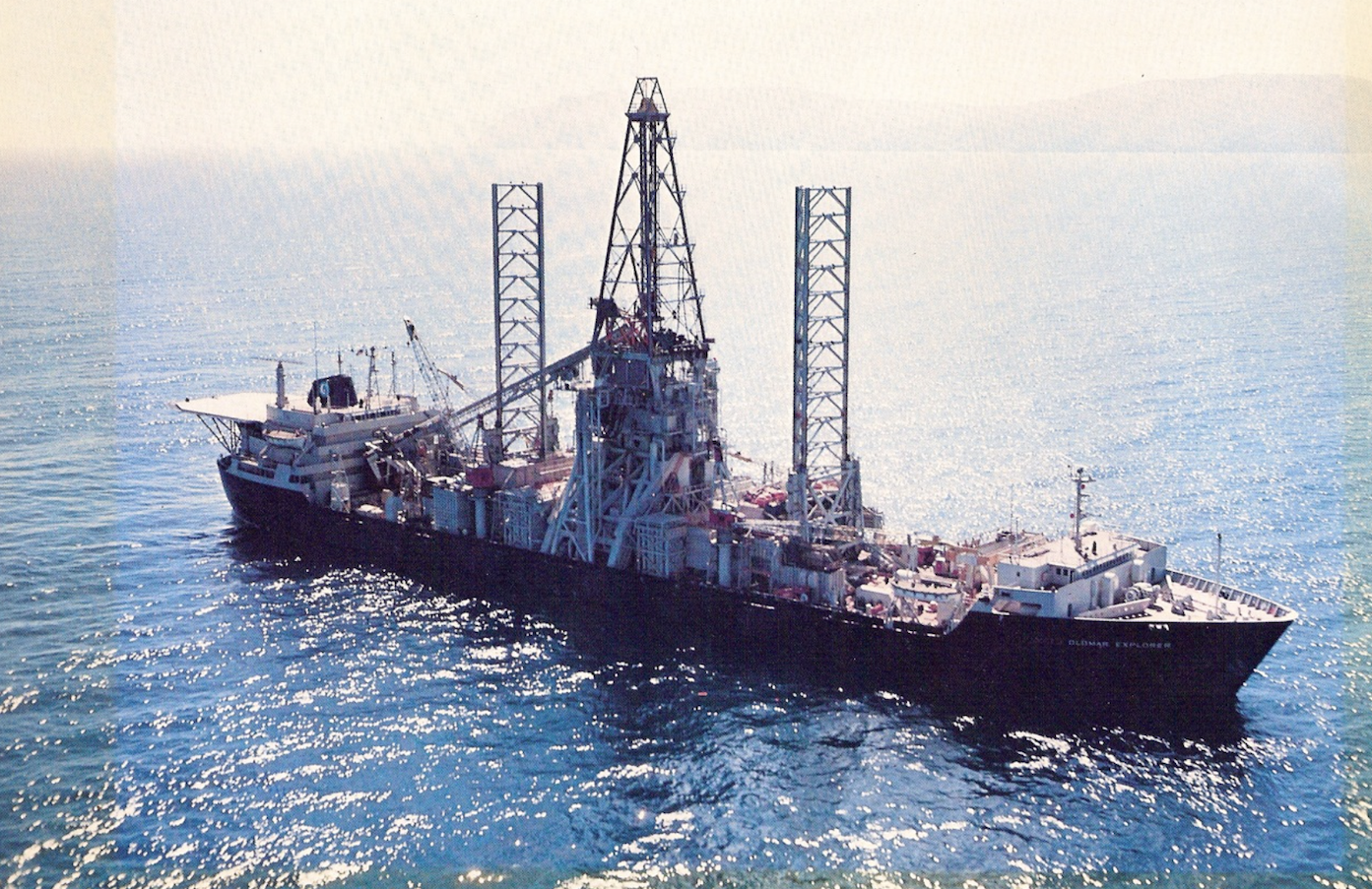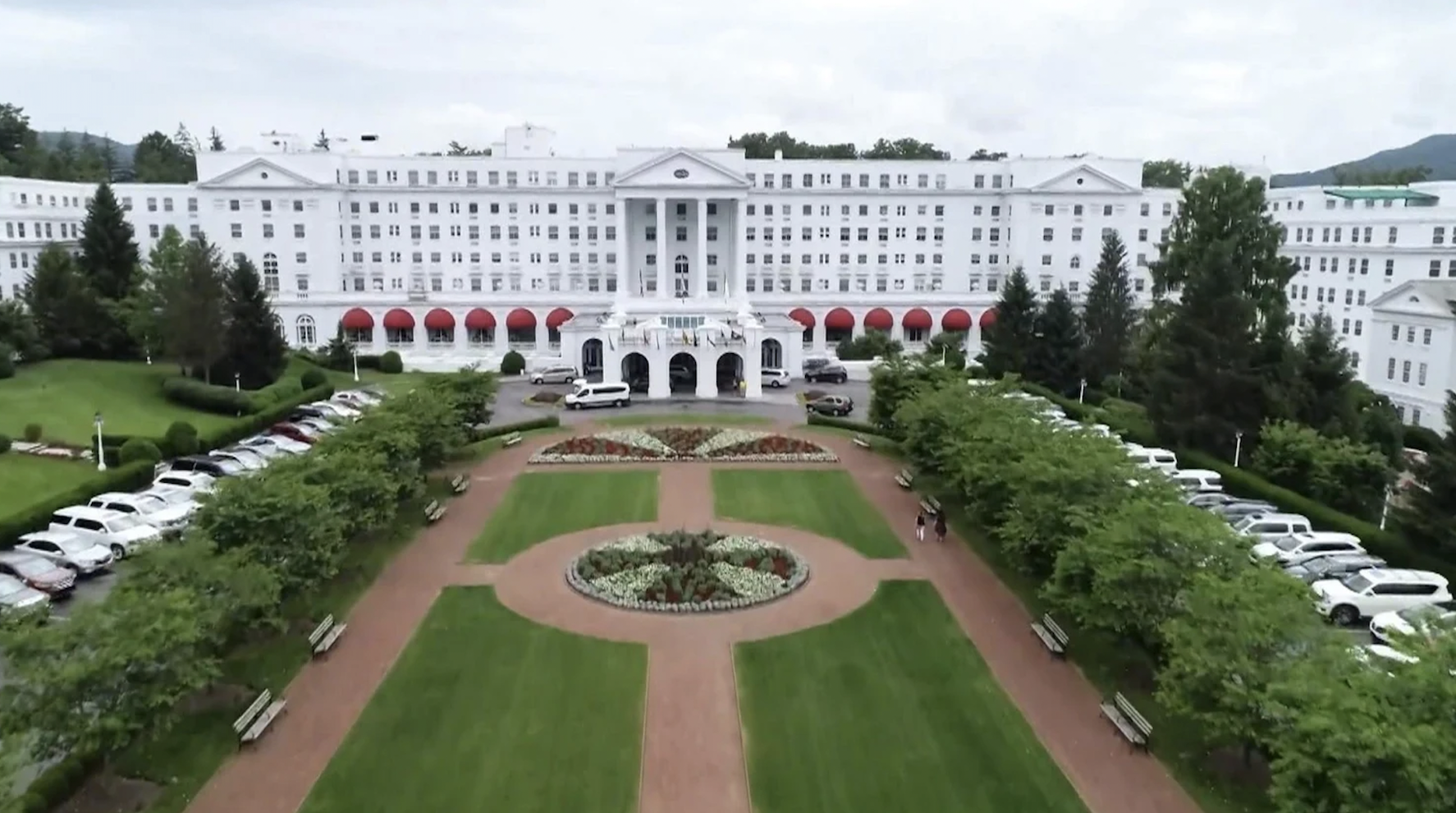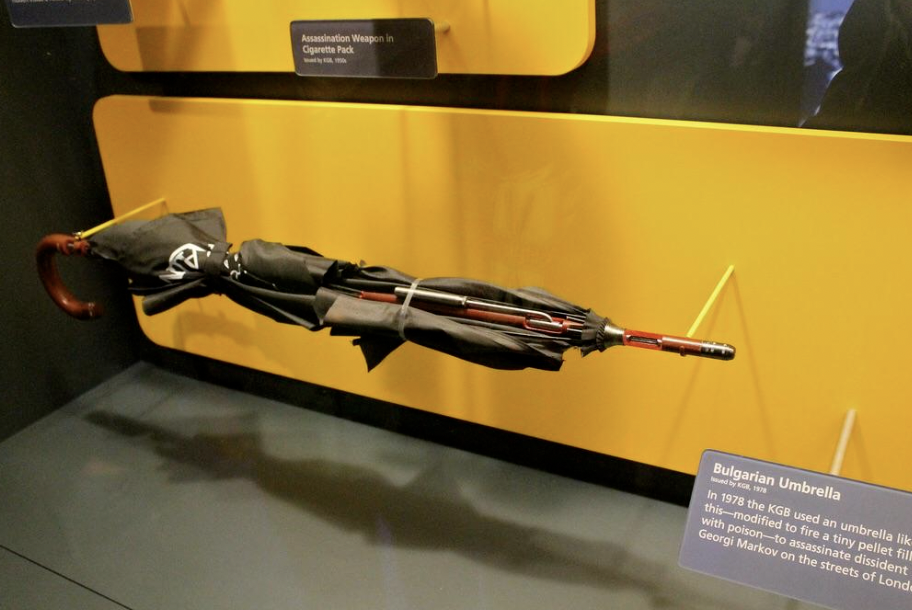10 Cold War Secrets We Bet You Didn’t Know
The Cold War saw the United States and Soviet Union battle it out in a decades long fight of technology, wits, secrets, posturing, and general top-secret tomfoolery.
Published 7 months ago in Wow
The Cold War saw the United States and Soviet Union battle it out in a decades long fight of technology, wits, secrets, posturing, and general top-secret tomfoolery.
In all of that mess, there are hundreds of secret plans we'll probably never know about and hundreds more that have been uncovered.
Here are 10 Cold War secrets, plans, and facts we bet you didn't know.
1
Operation Iceworm
In 1959, the United States decided it needed a new, foolproof way to deliver nuclear missiles, if necessary. The answer was “Operation Iceworm,” an underground city of 2,100 silos connected by rail car underneath 52,000 square miles of arctic Greenland.
Publicly the facility was a “nuclear-powered Arctic research center,” Camp century, but logistically it was a way to spread out nuclear silos and missiles across such a wide space that no realistic attack could wipe them all out. A Danish Parliament investigation in 1997 brought the project to public light.2
Project West Ford
With international communication primarily accomplished through underwater cables, the United States decided they needed a failsafe option. They came up with Project West Ford, a plan to launch 480 million tiny copper needles into space, and bounce signals off of them. After one unsuccessful attempt in 1961, a second attempt in 1963 proved moderately effective. However the project was abandoned after the invention of the communications satellite, and the obvious environmental concerns.
Photo shows a Westford dipole dispenser, (space needle dispenser), on display.3
Operation Northwoods
After Fidel Castro took control of Cuba in 1959, the US Department of Defense began looking for ways to eliminate the new communist presence on its doorstep.
One proposal was Operation Northwoods, a “false flag” plan that involved intentionally committing acts of terrorism against US citizens, and blaming them on Cuba, in an attempt to paint the Cuban government as “rash and irresponsible.” Fortunately President Kennedy did not like the idea.
Photo shows chairman of the Joint Chiefs of Staff General Lyman L. Lemnitzer, who signed the plan.4
The Dead Hand
The Dead Hand was a system put in place by the Soviet Union to act as a deterrent against surprise nuclear attacks. Using a series of sensors and computer systems across the country, a devastating retaliatory attack could be launched instantly without human involvement, should the system detect a nuclear attack on home soil. This allowed retaliation, and mutually assured destruction, even if all Soviet leadership was destroyed.
The system is chillingly still active today, although it is surmised that there are a few additional safety guards.5
Floating White House
In the event of nuclear war, the United States initially planned on moving the president into the Atlantic ocean. The light cruiser USS Northampton and light aircraft carrier USS Wright were each converted into “Floating White Houses,” outfitted with communications tech and Joint Chiefs personnel.
It was initially believed that the Soviet navy was too weak and spread thin to locate a president in the Atlantic, but satellite technology put an end to the plan.6
MKUltra
Project MKUltra was a CIA program designed to assess the most effective ways to interrogate and extract information from prisoners. From 1953 to 1973 the CIA looked for ways to “brainwash” or inflict other forms of psychological trauma. They mainly looked for drugs, but also tried electroshocks, “hypnosis,” sensory deprivation and other forms of torture.
The CIA used fronts like universities, hospitals, prisons, and pharmaceutical companies to help them test their techniques.7
The Cambridge Five
When World War II ended and the Cold War began, Soviet Russia and the KGB were already off to a quick intelligence head start. Why? Because five high-ranking British officials were actually KGB informants.
Kim Philby, Guy Burgess, Donald Maclean, Anthony Blunt, and John Cairncross were all considered untouchable loyal British officers, and Kim Philby went on to become the head of MI6’s anti-Soviet division. He also helped James Jesus Angleton build the CIA.8
Project Azorian
Project Azorian saw the United States attempt to recover the sunken soviet submarine K-129 about 1,500 miles northwest of Hawaii. After the Soviet Union failed to locate the submarine, the United States used a combination the Sound Surveillance System, (which picked up a possible underwater explosion), and complex deep-sea sonar to pinpoint its location.
The US then outfitted Hughes Glomar Explorer, a deep sea drill ship, with a recovery arm over three miles long, to try and recover the submarine. Under the cover of mining for manganese nodules, the US successfully recovered a third of the submarine, but failed to grab the rest due to a mechanical failure.
The US was hoping to recover a nuclear warhead, and critical intelligence data. The eventual findings were never revealed.

